Your Ultimate Guide to Ginger: Stop Using It Wrong and Unlock Its Real Power
For the longest time, ginger was just another spice in my rack. You know the drill—grate a little into a stir-fry, mince some for a curry. I liked its zesty kick, but I honestly had no clue about its real potential. That all changed when I was working alongside an expert in plant-based remedies. She was putting together a blend for someone with some stubborn digestive complaints, and I watched her pick out a piece of ginger. She didn’t just grab any old knob.
In this article
She examined it, smelled it, and even snapped off a tiny piece to check its fibers. She told me that how you choose, cut, and even heat ginger changes everything. It dictates whether you’re just adding flavor or tapping into its more powerful properties. That was the day I stopped seeing ginger as a simple ingredient and started seeing it as a powerful tool. This guide is all about that—getting you beyond the recipe so you can use this amazing rhizome the right way.
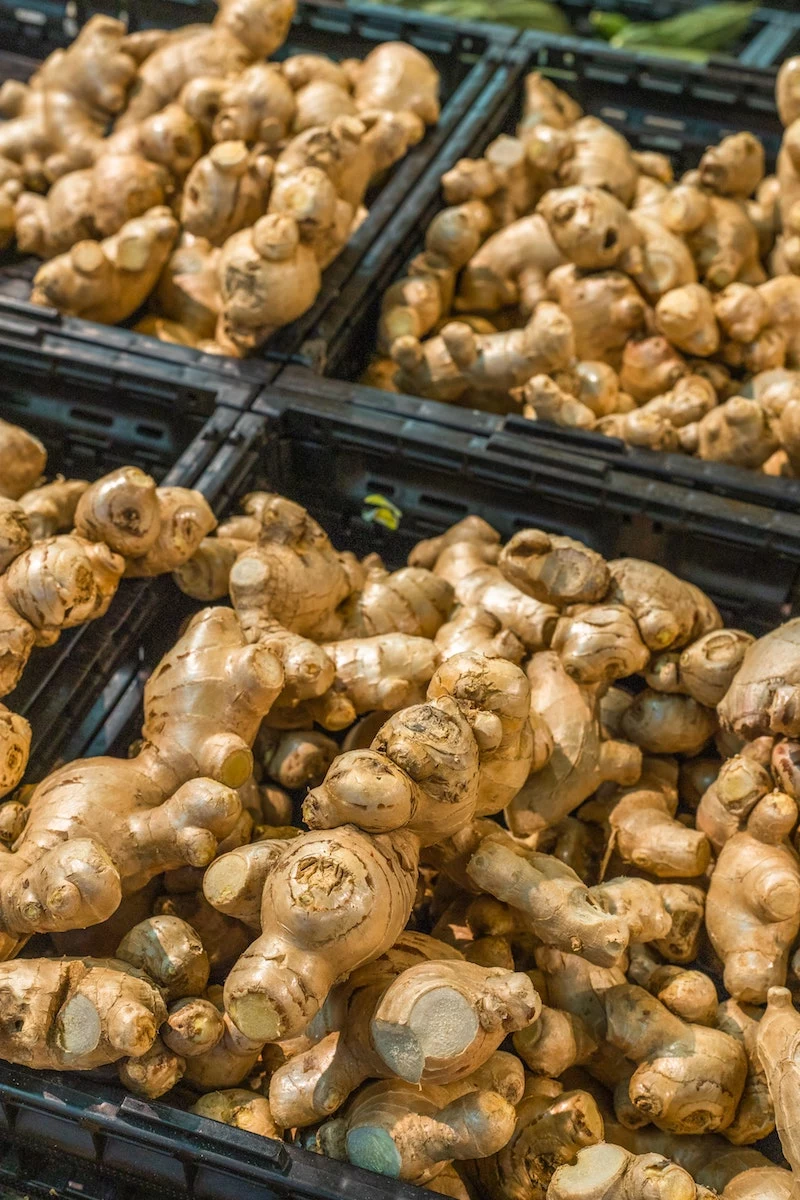
Fresh vs. Dried: Why This Little Bit of Science Actually Matters
Okay, before we get into the fun stuff, we have to talk about what we’re working with. People call ginger a “root,” but it’s technically a rhizome—a horizontal underground stem that’s packed with the good stuff. This is where the magic happens.
The two main players in ginger are compounds called gingerols and shogaols. When you bite into fresh, raw ginger, that sharp, spicy heat you feel? That’s from the gingerols. They’re fantastic for things like settling nausea and are at their peak in fresh ginger.
But when you dry or cook ginger, a cool chemical reaction happens. Those gingerols transform into shogaols, which are even more potent and pungent. These are the heavy hitters when it comes to tackling inflammation and pain. This is a game-changer! It means fresh ginger and dried ginger aren’t interchangeable. They have different strengths. Think fresh for an upset stomach, and dried for something more chronic like joint pain. Knowing this one little thing lets you pick the right tool for the job.
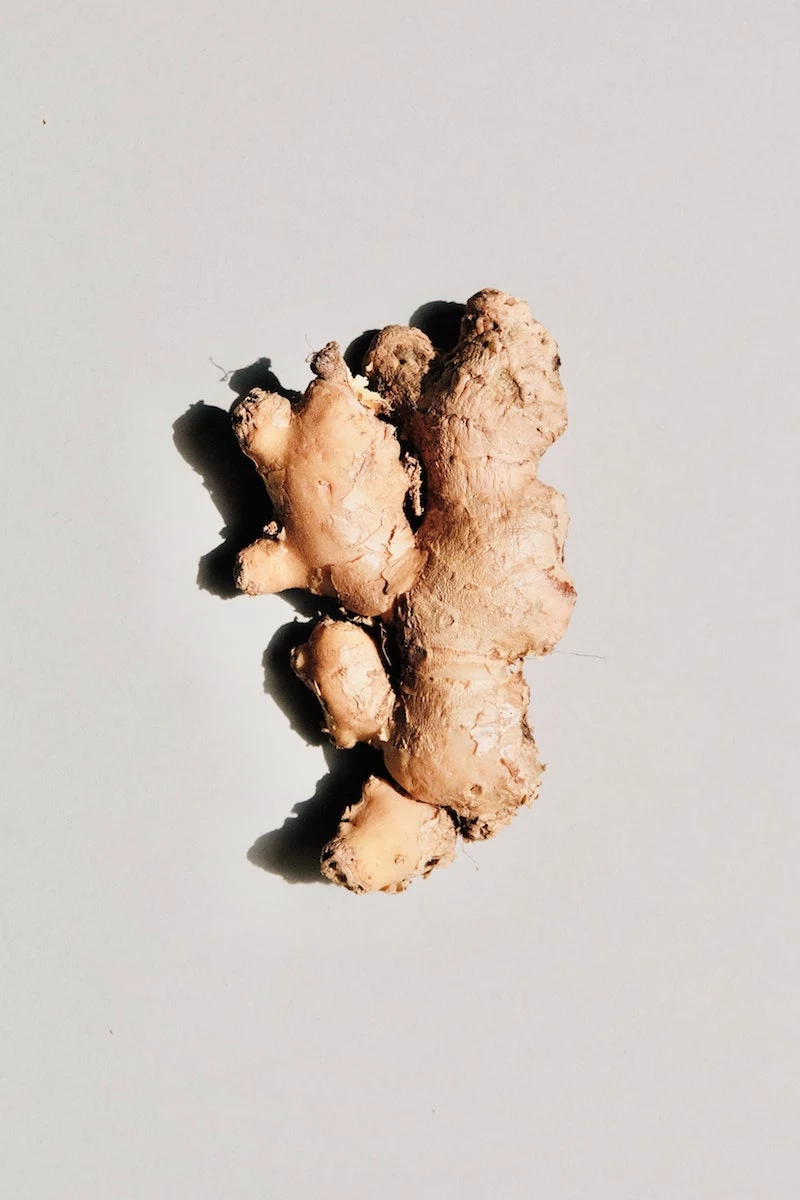
Choosing and Prepping Ginger Like You Know What You’re Doing
You can’t get great results from mediocre ingredients. It all starts at the store. So, next time you’re in the produce aisle, don’t just grab the first piece you see. Take a second and be picky.
Here’s what to look for:
- A Solid Feel: A good piece of ginger should feel firm and heavy for its size. That means it’s fresh and full of moisture, not old and dried out.
- Smooth Skin: Look for taut, relatively smooth skin. If it’s wrinkly and shriveled, it’s past its prime.
- No Iffy Spots: Check the ends and joints for any fuzzy mold or soft, mushy spots. If you see any, leave it.
- The Snap Test: If you can, snap off one of the little “fingers.” It should break with a clean snap and release a sharp, spicy smell. If it’s bendy or smells dull, move on.
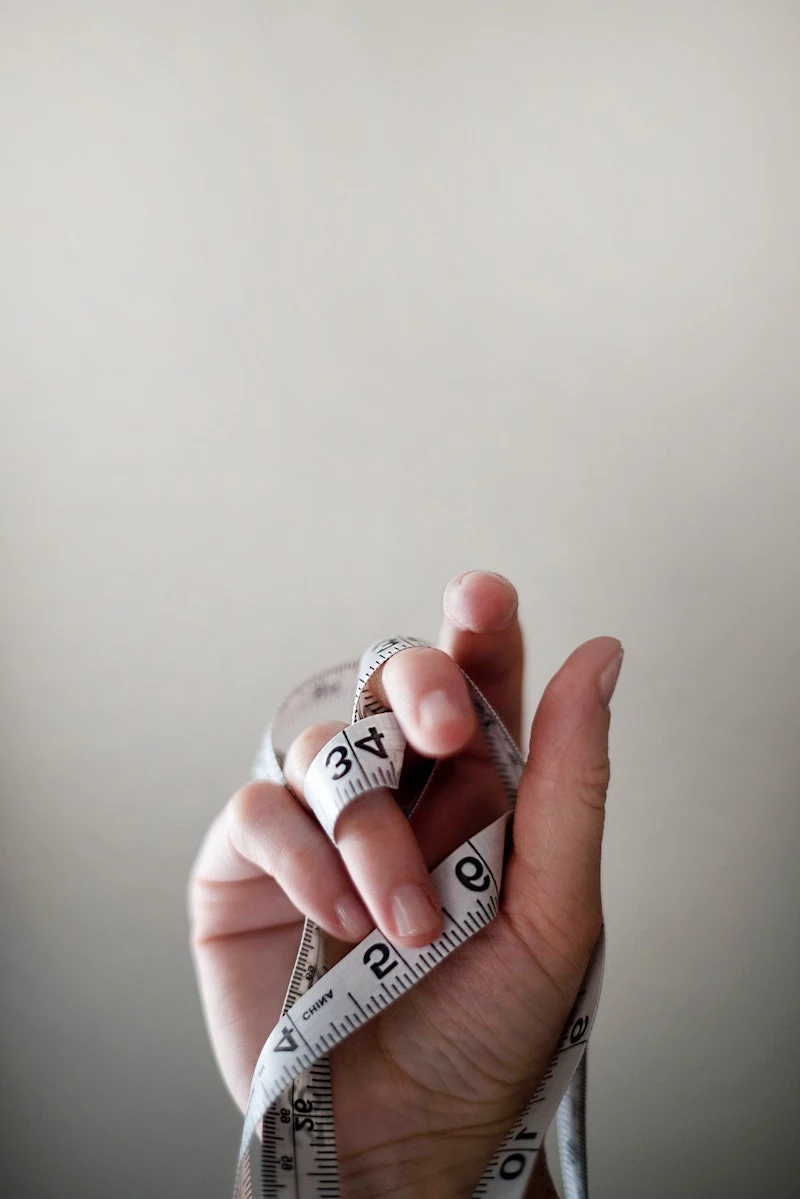
By the way, people always ask about organic. Since ginger grows in the soil, I lean towards organic when I can find it to avoid potential pesticide residue. You can find it at most grocery stores like Whole Foods or Trader Joe’s. But honestly, a fresh piece of conventional ginger is a million times better than a sad, old organic one. And a quick tip on price: you’ll often find it for around $3-$5 a pound, but check out local Asian or international markets. It’s often much cheaper—sometimes half the price—and incredibly fresh.
Okay, But Do I Really Have to Peel It?
Let’s clear this up right now. If your ginger is fresh, and especially if it’s organic, give it a good scrub and you can skip the peeling! The skin is super thin and totally edible, especially if you’re grating it. For non-organic ginger or if the skin looks a bit tough, the best way to peel it isn’t with a peeler, but with the edge of a regular spoon. It scrapes the skin right off without wasting any of the good stuff underneath.

What if My Ginger Starts Sprouting?
Saw a little green sprout on your ginger? Don’t toss it! It’s perfectly safe to eat. Just slice off the little sprout and use the rest as normal. Heck, you can even put the sprouted piece in a pot with some soil and see if you can grow your own ginger plant.
Smart Storage So It Doesn’t Go to Waste
- For the next week or two: The best spot is the crisper drawer in your fridge. Just pop the unpeeled piece in a reusable silicone bag or an airtight container to keep it from drying out.
- For long-term storage: The freezer is your best friend. But here’s a pro-tip that will save you a massive headache: don’t just freeze the whole knob. Grate the ginger first, spread it in a thin layer on a small baking sheet lined with parchment paper, and freeze it for about 30 minutes. Once it’s solid, you can toss all the frozen grated bits into a freezer bag. It’s a total game-changer—no more trying to hack a piece off a giant ginger-ice-brick.
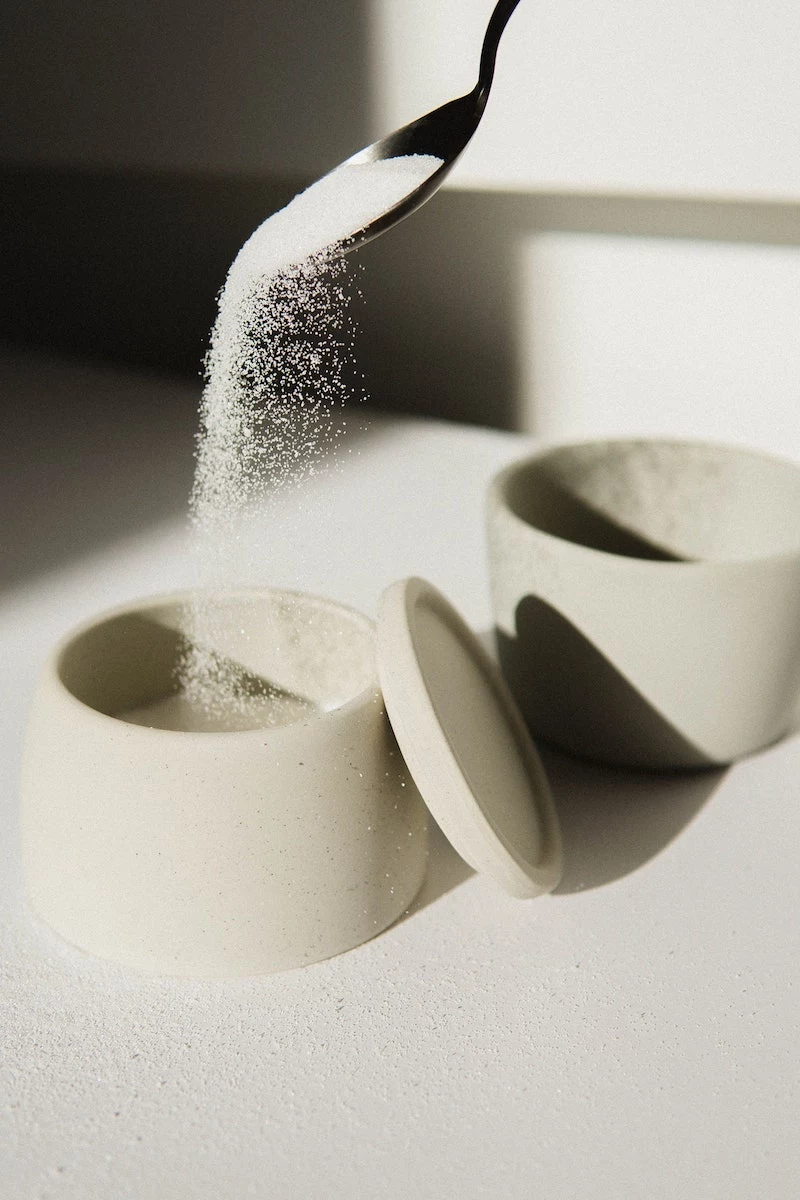
Quick Guide to Different Ginger Forms
You’ve probably seen other types of ginger at the store and wondered if they’re any good. Here’s the lowdown:
- Minced Ginger in a Jar: Super convenient for cooking, I get it. But it often contains preservatives and loses a lot of its potency. It’s fine for a marinade in a pinch, but I wouldn’t use it for a medicinal tea.
- Ginger Paste in a Tube: Pretty much the same deal as the jarred stuff. It’s all about convenience for flavor, not for health benefits.
- Crystallized (or Candied) Ginger: Let’s be real—this is candy. It’s delicious and can sometimes help with mild travel sickness, but the high sugar content means it’s a treat, not a health food.
For the best results, fresh or dried powder is always the way to go.
Putting Ginger to Work: The Practical Benefits
Ginger has been a superstar in traditional medicine for ages, and modern science is finally catching up. Here’s how you can actually use it.

For an Upset Stomach, Nausea, or Bloating
This is ginger’s claim to fame, and for good reason. It works by helping your stomach empty a bit faster, which can relieve that awful feeling of fullness and nausea. For this, fresh ginger (with all its gingerols) is usually your best bet.
Practical Application: Simple Ginger Tea
Take a piece of fresh ginger about the size of your thumb (this will be about 1 tablespoon when grated). Slice or grate it into a mug, pour 8 ounces of boiling water over it, and let it steep for 5-10 minutes. The longer it steeps, the spicier it gets. A squeeze of lemon or a dab of honey is a nice touch.
Quick Win: No time for tea? Grate a tiny bit of fresh ginger directly into your water bottle in the morning. You’ll get a gentle, cold infusion all day long that’s surprisingly refreshing and soothing.

For Aches, Pains, and Inflammation
This is where dried ginger and its powerful shogaols really shine. Ginger can be a fantastic ally for managing things like joint stiffness or menstrual cramps. But a heads up: this isn’t like popping a painkiller. The effect is cumulative. You need to use it consistently for days or even weeks to really notice a difference as it works to calm down the body’s inflammatory processes over time.
Practical Applications: Two Ways to Soothe Pain
- For Localized Pain (like a sore knee): A Fresh Ginger Compress. Grate a couple of tablespoons of fresh ginger, wrap it in a piece of cheesecloth to make a little pouch, and dip it in hot water for 30 seconds. Apply the warm, damp pouch to the sore spot. The heat and ginger work together to boost circulation.
- For Systemic Pain (like achy joints): A Potent Dried Ginger Brew. For a stronger anti-inflammatory effect, simmer a half-teaspoon of ginger powder in a cup of water for about 10 minutes. This decoction extracts those shogaols much more effectively than just steeping.
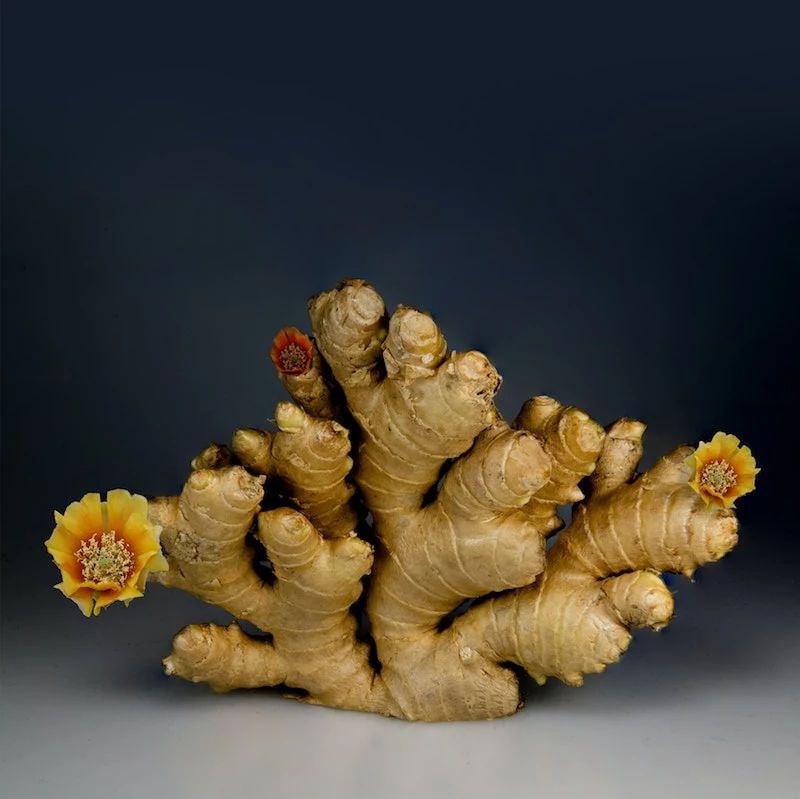
The Really Important Part: Safety and When to Be Careful
Ginger is powerful, and that means we have to use it with respect. Ignoring this part can lead to some nasty side effects or interactions. Seriously.
For most adults, up to 4 grams of ginger a day is considered safe. To make that real, that’s about a thumb-sized piece of fresh ginger or two teaspoons of dried powder. My advice? Always start low and slow. See how your body feels.
CRITICAL WARNING: Who Needs to Be Cautious
I can’t stress this enough. I learned the hard way once when I saw someone with undiagnosed gallstones drink strong ginger tea and end up in a world of pain. It taught me that these warnings aren’t just legal text—they’re based on real-world experiences. Please talk to a doctor before using ginger therapeutically if any of these apply to you:
- You’re on Blood-Thinning Meds: Ginger has mild blood-thinning effects. If you’re on Warfarin, Plavix, or even daily aspirin, adding ginger could increase your risk of bleeding. This is a big deal.
- You Have a Bleeding Disorder: If you have a condition like hemophilia, therapeutic doses of ginger are not for you.
- You Have Gallstones: Ginger stimulates bile, which can be great for digestion. But if you have gallstones, it could cause one to get stuck and cause severe pain.
- You Have Surgery Scheduled: Stop taking ginger supplements at least two weeks before any scheduled surgery due to the bleeding risk.
A quick note on pregnancy: while ginger is famous for helping with morning sickness (in small amounts, like 1 gram a day), it’s absolutely essential to talk to your doctor or midwife first. Better safe than sorry.

Your New Partner in Health
So, there you have it. Ginger is so much more than a simple spice. It’s a tool that, when you know how to use it, can be an amazing partner for your health. So next time you pick up a piece, I hope you’ll see it a little differently. Pay attention to how you choose it, be mindful of how you prep it, and listen to your body. When you understand both its power and its limits, you can really unlock its potential.
Inspirational Gallery
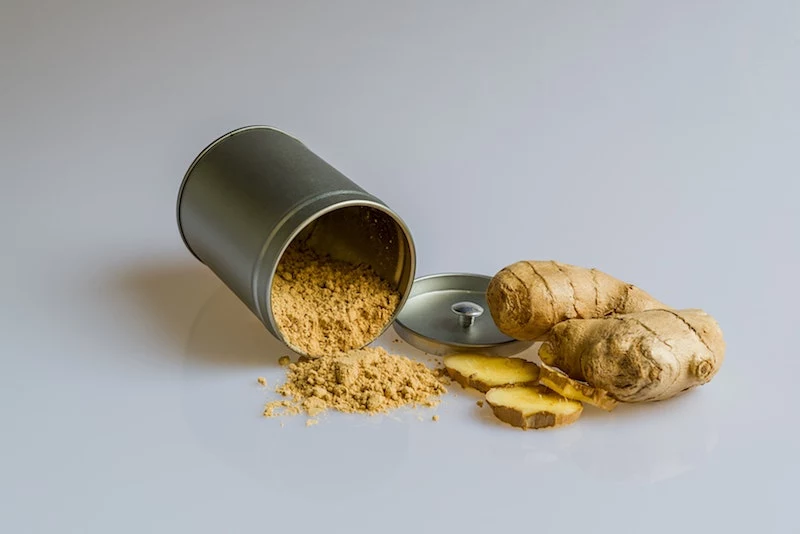
That beautiful knob of ginger you bought? Don’t let it turn into a shriveled, sad-looking lump in your crisper drawer. So what’s the secret to keeping it potent and fresh for weeks?
Forget the plastic wrap. The freezer is your best friend for long-term storage. Simply place the entire unpeeled rhizome in an airtight freezer bag—a reusable silicone one like a Stasher bag is perfect—and press out all the air. It will keep for months. When you need some, just pull it out and grate it frozen (skin and all!) directly into your dish. The texture is perfect for grating and it preserves the bright, zesty gingerol compounds. For short-term use, a simple paper bag in the vegetable drawer is better than plastic, as it lets the ginger breathe and prevents moisture buildup.










